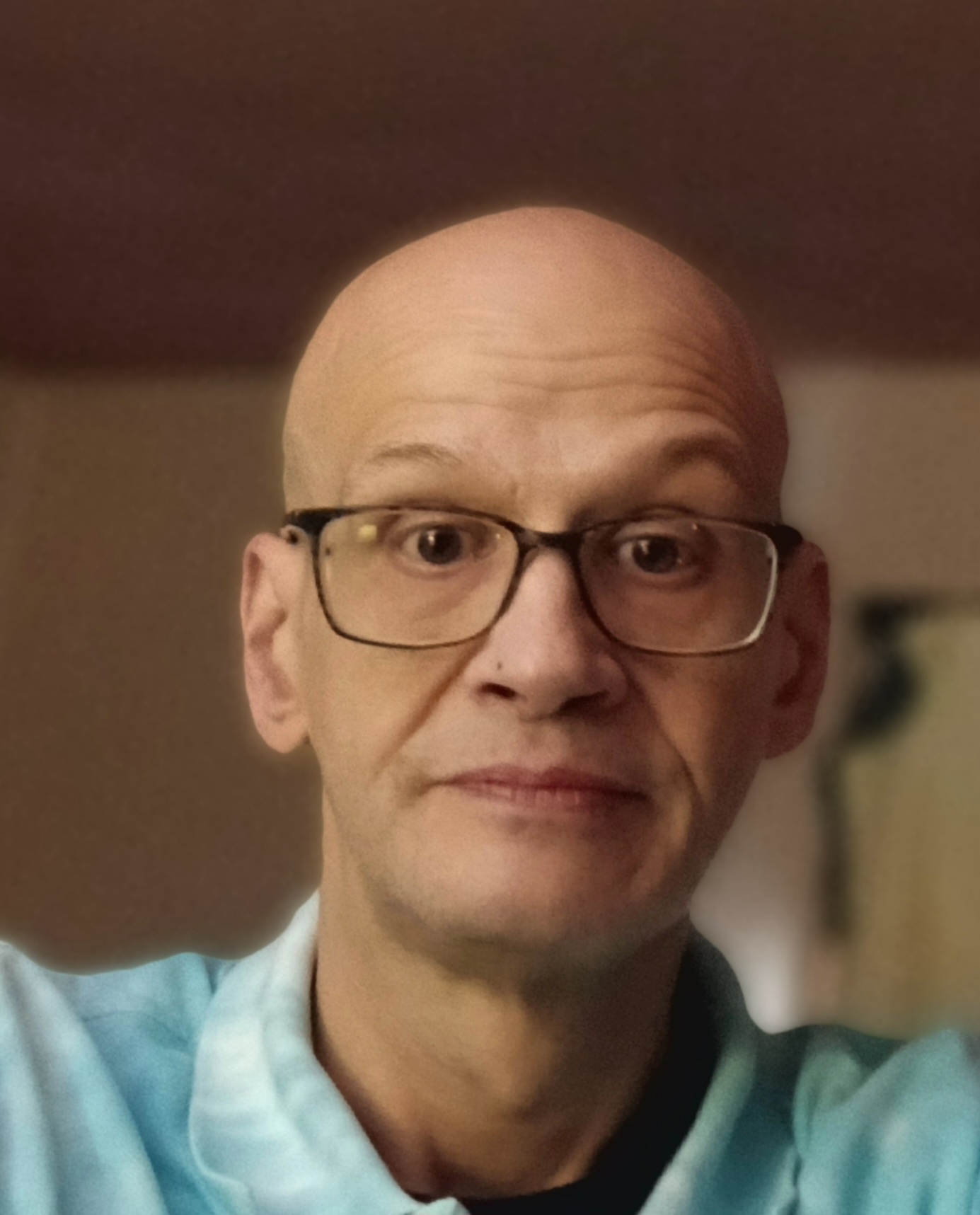All Human Anatomy and Physiology Resources
Example Questions
Example Question #3 : Identifying Muscles Of The Trunk, Core, And Head
Which muscles aid in inspiration?
Internal intercostals
Internal obliques
Subscapularis
External intercostals
External intercostals
Intercostal muscles are responsible for expanding and contracting the thoracic cavity during forced breathing. During relaxed breathing, the diaphragm is responsible for changing the volume of the thoracic cavity, driving pulmonary ventilation. Internal intercostals depress the ribs during forced exhalation and the external intercostals elevate the ribs during forced inhalation. The subscapularis is one of the rotator cuff muscles, and its function is medial rotation of the humerus.
Example Question #2 : Muscles
Which of the following muscles is not part of the transversospinal group?
Rotator longus
Quadratus lumborum
Multifidi
Rotator brevis
Sempispinalis cervicis
Quadratus lumborum
The transversospinal group is made up of the multifidi, the semispinalis group, and the rotatores group. The overall action of these muscles is extension and rotation of the vertebral column. The quadratus lumborum muscle laterally flexes the vertebral column, and, when bilaterally contracted, depresses the rib cage.
Example Question #63 : Gross Anatomy
Which hip motion does the iliofemoral ligament restrict?
Adduction
Internal rotation
Flexion
Extension
Abduction
Extension
The iliofemoral ligament connects the ilium to the femur and is taut in end range hip extension (as in doing front splits) and external rotation.
Example Question #61 : Gross Anatomy
Which muscle would likely be in use if a person wrinkled the skin above the eyes?
Zygomatic oculi
Occiptofrontalis muscle
Masseter
Orbicularis oris
Temporalis muscle
Occiptofrontalis muscle
The occiptofrontalis muscle is responsible for pulling the skin of the forehead up and down. It is part of a sheet of muscle the extends from just above the eyes to the back of the head. The orbicularis oris is responsible for puckering the lips such as kissing. The masseter is in the jaw and assists in chewing. The temporalis muscle is also involved in chewing, but is situated on either side of the skull under the area commonly referred to as the temple. The zygomatic oculi does not exist.
Example Question #4 : Identifying Muscles Of The Trunk, Core, And Head
What large and flat muscle is responsible for allowing a person to lower their lips and jaw downward, but also stretches and tightens the skin of the neck?
Mentalis
Orbicularis oris
Platysma
Masseter
Risorius
Platysma
The platysma is a broad, flat muscle that lowers the jaw and stretches the lips down or to the sides. When the entire sheet is contracted it can increase the diameter of the neck. This is the muscle men flex when trying to shave under the chin and along the superior and anterior portion of the neck.
The masseter is in the jaw and is involved in the chewing motion. The mentalis muscle furrows the chin, while the risorius and orbicularis oris muscles pull the corners of the mouth out and in respectively.
Example Question #66 : Gross Anatomy
Which muscle is the most powerful chewing muscle?
Mandible
Temporalis
Lateral pterygoid
Masseter
Masseter
The masseter muscle, one of the strongest in the body, is the main muscle of chewing (mastication). The temporalis muscle moves the mandible up and backwards. The mandible is the jaw bone. The lateral pterygoid muscle is involved in mastication, but is not the strongest.
Example Question #61 : Human Anatomy And Physiology
Which muscle is responsible for wrinkling the nose?
Procerus
Buccinator
Risorius
Frontalis
Procerus
The procerus is the muscle that wrinkles the nose. It originates from the fascia covering the inferior aspect of the nasal bone and inserts into the skin on the forehead, in between the eyebrows. The frontalis raises the eyebrows and wrinkles the forehead. The buccinator pulls in the cheeks against the teeth. The risorius pulls the mouth into a grimace.
Example Question #12 : Identifying Muscles Of The Trunk, Core, And Head
The orbicularis oculi __________.
wrinkles the nose
closes the eye
pulls the cheek against the teeth
pulls the lower lip down
closes the eye
The orbicularis oculi closes the eyes. It originates from the frontal and lacrimal bones, and from the medial palpebral ligament, which is attached to the frontal process of the maxilla and inserts into the lateral palpebral raphe. The buccinator pulls the cheeks into the teeth, The procerus wrinkles the nose. The depressor labii inferioris pulls the lower lip down.
Example Question #69 : Gross Anatomy
What is the action of the nasalis?
Wrinkles the forehead
Raises the corners of the mouth
Widens the nostrils
Wrinkles the nose
Widens the nostrils
The nasalis widens the opening of the nose by compressing the nasal cartilages, flaring out the nostrils. The frontalis wrinkles the forehead while the procerus wrinkles the nose. The levator anguli oris raises the corners of the mouth.
Example Question #13 : Identifying Muscles Of The Trunk, Core, And Head
Which muscle wrinkles the skin of the neck and pulls the lower lip down?
Depressor labii inferioris
Depressor anguli oris
Risorius
Platsyma
Platsyma
The platsyma muscle is responsible for both wrinkling the skin of the neck and pulling the lower lip down. The platysma is superficial to the sternocleidomastoid, originates from the clavicle, and inserts onto the base of the mandible and the skin of the cheek, lower lip and lower mouth. The depressor labii inferioris only pulls down the lower lip. The depressor anguli oris pulls the corners of the mouth down, while the risorius pulls the sides of the mouth into a grimace.
Certified Tutor
All Human Anatomy and Physiology Resources




